60 ideas to boost your growth
A motherload of growth inspiration by guest author Ali Abouelatta, creator of the First 1000 newsletter
👋 Hey, Lenny here! Welcome to this month’s ✨ free edition ✨ of my weekly newsletter. Each week I humbly tackle reader questions about product, growth, working with humans, and anything else that’s stressing you out at the office.
If you’re not a subscriber, here’s what you missed this month:
(Also, my genius wife’s second book came out today! As one reviewer put it, “it feels like a hug from a friend, with charts!!” You can order it from Amazon, Bookshop, or your local bookstore.)
Q: I’m looking for creative ways to get the word out about my product. Do you have examples of clever growth tactics I can use for inspiration?
In The Racecar Growth Framework, Dan Hockenmaier and I wrote about how it’s helpful to think about your business like a high-performance race car—the same four components that help a car drive faster also help your business grow:
⚙️ The (Growth) Engine: Self-sustaining growth loops that drive most of your growth (e.g. virality, performance marketing, content, sales)
💥 Turbo Boosts: One-off events that accelerate growth temporarily but don’t last (e.g. PR, events, Super Bowl ads)
💧 Lubricants: Optimizations that make the growth engine run more efficiently (e.g. improved customer conversion, a stronger brand, higher customer retention)
⛽ Fuel: The input that your engine requires to run (e.g. capital, content, users)
Your Growth Engines are the most important component to get right long-term (read why in the full post), but when you’re just starting out, Turbo Boosts—one-off events that accelerate growth temporarily—are incredibly valuable. Although they don’t have compounding value, they do bring in users (giving you a chance to learn what’s working), and they often help you kickstart your growth engine.
To inspire your own Turbo Boost experimentation, I’ve pulled in Ali Abouelatta, the author of the excellent First 1000 newsletter, who spends much of his time investigating how today’s largest companies acquired their first 1,000 users. Leveraging all of his past research, Ali has pulled together the motherload of examples, which you’ll find below. I hope you find it as fascinating as I did. Enjoy!
You can find Ali on Twitter, and definitely subscribe to his newsletter: First 1000.
60 ideas to boost your growth
by Ali Abouelatta
With so many businesses being created every year, standing out is only getting harder. Case in point—since Naval wrote the above tweet, the number of new business applications in the U.S. has almost doubled, from 2.58 million in 2012 to 4.35 million in 2020.
To get people’s attention, you need to do something special. Something remarkable. And that’s where today’s post comes in. I’ve collected 60 examples of successful Turbo Boosts—one-off events that temporarily accelerate growth for companies large and small—to inspire you to come up with something special of your own.
Broadly speaking, there are seven common types of Turbo Boosts—seven strategies to get a burst of attention for your product:
Below, I’ll explore each of these strategies and share examples of how companies have leveraged each one.
1. Create a viral video
A video that tells your story, demos your product, or delights people so much that they can’t help but share it with their friends.
GoldieBlox
GoldieBlox’s launch video highlights its mission of making STEM toys more inclusive. The video received over 3 million views in the first 48 hours.
Distribution: PR (Business Insider, Los Angeles Times, Silicon Valley Business Journal, Time magazine)
Why it worked: Surprise, mystery, and controversy.
Monet
Monet, a dating app where people match based on their drawings, got over a million views on its launch video.
Distribution: TikTok
Why it worked: Personal and different.
Dropbox
Drew Houston released this demo video as part of his YC application for Dropbox. The video received over 500,000 views.
Distribution: Hacker News and Reddit
Why it worked: The product was impressive.
Twitter
This was the first Twitter product demo, back when it was called twttr. The video did not gain significant traction until Twitter resurfaced it in 2010.
Not all Turbo Boosts work :)
Additional examples:
2. Launch a mini-product, or “drop”
Launch a non-core product offering that gets attention, which reflects attention toward your brand and/or core product.
Calm: Do Nothing for 2 Minutes
Donothingfor2minutes.com was the precursor to Calm. Visitors were asked not to move their cursor for two full minutes or the counter started over. The website received over 2 million unique visits and facilitated 100,000+ email captures in 10 days.
Distribution: Hacker News, PR coverage, and social shares (from people who completed the challenge)
Why it worked: Turned a problem (being constantly distracted) into a fun challenge.
Tommee Tippee: Advice Wipes
Tommee Tippee created Advice Wipes, limited-edition baby wipes made from recycled baby books and articles, launched as part of its U.S. expansion plan.
Distribution: PR (ClickZ, Adweek) and mom communities (Scary Mommy, Simply Real Moms)
Why it worked: Highlighted a problem that resonated with its target audience.
“The campaign is based on a poll of 1,000 new moms, which showed that more than half feel entirely overwhelmed by unsolicited parenting advice and opinions.” (source)
Toucan: Own The Word
Toucan teaches people a new language while they’re surfing the internet. The company launched Own The Word, which gave people (or brands) “ownership” of any word for 99 cents a month.
Distribution: Customers and investors tweeting their claimed words
Why it worked: Owning a sought-after word on the platform became a social flex.
MSCHF: Satan Shoes
Satan Shoes are a series of custom Nike Air Max 97 sneakers created as a collaboration between Lil Nas X and MSCHF, an art collective.
Distribution: PR (New York Times, NBC, The Verge, CNN, BBC), and Lil Nas X promoting it
Why it worked: A controversy hyped by Lil Nas X and a lawsuit from Nike.
Party Round: Helpful VCs
Party Round created a pixelated NFT collection for some of the most popular VCs.
Distribution: Twitter
Why it worked: Influential VCs tweeting about the project to claim their NFT.
Bad Unicorn: MindF***
MindF*** is a satirical take on meditation apps.
Distribution: Product Hunt
Why it worked: Poked fun at a popular product.
Stir: Goodbye Mixer
A tool that allowed streamers to easily export their follower list from Mixer, after Microsoft announced it was shutting the service down.
Distribution: Twitter
Why it worked: Solved a real problem for streamers using Mixer.
Codecademy: Code Year challenge
Prior to launching its product, Codecademy released a new year’s challenge called Code Year. The challenge received over 400,000 sign-ups in three months.
Distribution: Influencers, including Mike Bloomberg, Farhad Manjoo, Boris Johnson, and Fred Wilson
Why it worked: Great timing (i.e. new year’s resolutions).
Additional examples:
Stir: Collab Party
PopJam: Sock and Awe
Party Round: The BIGTECH Fellowship
Twitter: NFT Drops
Uber: UberPUPPIES
3. Run an enticing limited-time offer
Running a promotion on your existing product, giving people a reason to pay attention and act.
Mint Mobile: The Bobby Bonilla Plan
Every year on July 1 (until 2035), retired baseball player Bobby Bonilla receives $1.2 million from the New York Mets. Mint Mobile created a limited one-day deal called the Bobby Bonilla Plan as a way to celebrate the occasion.
Distribution: Ads and PR (Forbes, CNET)
Why it worked: It’s funny.
Coinbase: Dogecoin sweepstakes

Distribution: Ads
Why it worked: Great timing: the Dogecoin craze 🚀🌜.
Cards Against Humanity: $5 for nothing
For Black Friday, Cards Against Humanity asked users to pay $5 in exchange for nothing.
Distribution: Existing customers
Why it worked: Novel, funny, and unexpected.
Cash App: 99% off everything

Distribution: Social media post
Why it worked: Free money.
Additional examples:
4. Coordinate an influencer-led promotion
Partner with an influencer to promote your product.
Honk: Influencer Twitter launch
Honk’s coordinated Twitter launch captured a lot of attention in the tech sphere. Over 1 million “honks” were sent the following day.

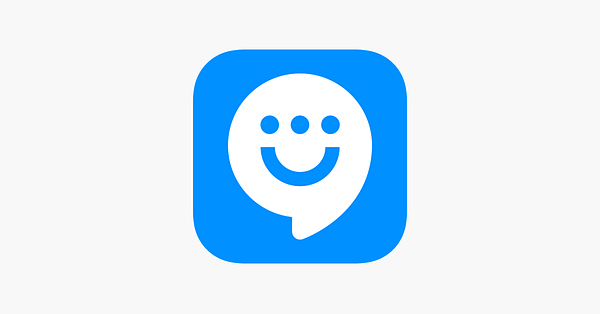
Distribution: Twitter: tech influencers and investors
Why it worked: Hype and FOMO.
Step: Charli D’Amelio
Charli D’Amelio, the #1 followed TikToker, invested and partnered with teen banking app Step.
Distribution: PR (Forbes, Business Insider, NBC, TechCrunch) and TikTok
Why it worked: A lot of media attention because it was Charli’s first startup investment.
Reddit: Paul Graham’s Essay
Reddit got its first 1,000 users when Paul Graham mentioned the platform on his blog.
Distribution: paulgraham.com
Why it worked: People in tech trust Paul Graham.
Spanx: Oprah’s Favorite Things
Oprah chose Spanx as her favorite product of the year (2000).
Distribution: Sending gift baskets to Andre Walker, Oprah’s hairstylist
Why it worked: Oprah!
Additional examples:
Casper: Kylie Jenner
Atoms: Alexis Ohanian
Twitter: Om Malik
Creative Juice: MrBeast
5. Co-marketing
Collaborate with another company to promote your products.
Toucan x Bark
Toucan partnered with Bark on April Fools’ Day to create a (fake) “woof” translator.
Distribution: Collaboration with Bark, which co-marketed the promotion
Why it worked: It’s funny.
MainStreet x Stripe Atlas

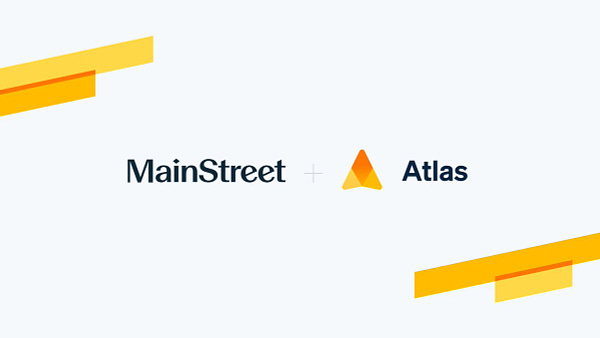
Distribution: Partnership with Stripe Atlas, which both co-marketed
Why it worked: A win-win. Atlas provided additional value to its customers through the 25% discount and MainStreet got access to those customers.
Eight Sleep x IFTTT
Eight Sleep launched a co-marketing campaign with IFTTT following its integration with the service.

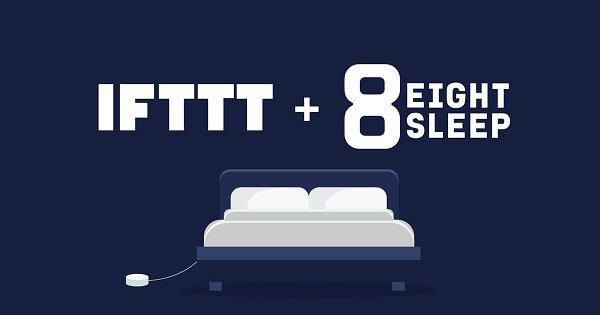
Distribution: Partnership with IFTTT, which both co-marketed
Why it worked: Integration unlocked additional use cases for both products to highlight and promote.
MicroAcquire x Pipe
MicroAcquire, a marketplace to sell and buy businesses, partnered with Pipe to help buyers fund acquisitions through future recurring revenues.

Distribution: Partnership with Pipe, which both co-marketed
Why it worked: An entertaining Cameo, and giving out swag to share the post.
Additional examples:
6. Organize an exciting offline experience
Organize an in-person experience that gets people fired up about your product.
Hinge: Launch Party
Over 2,500 people attended Hinge’s (re)launch party. The following day, the company made more matches than it did throughout its entire history.

Distribution: Email list from an ex-roommate who was plugged into the D.C. social scene, and inviting friends of friends
Why it worked:
“I knew if we wanted something like this to be successful we needed a large, core group of people who are all connected on Facebook and had power as influencers.”
—Justin McLeod
Simulate: Dino Nuggs Hunt
Simulate, the company behind the plant-based “chicken” nuggets Nuggs, hid boxes of limited-edition dinosaur-shaped nuggets all over L.A. and New York and winners received a year’s supply of the product.
Distribution: Billboards and social media
Why it worked: A scavenger hunt is fun.
Snackpass: Events with local college groups
Snackpass hired 60 brand ambassadors and sponsored university-centric events for every new campus launch.
Distribution: Partnering with fraternities, athletic teams, and campus groups
Why it worked: The “cool factor” of those groups reflected on Snackpass being cool.
Snapchat: Spectacles vending machines
Snapchat dropped off strange vending machines at random locations around the U.S. with a limited number of Spectacles.
Distribution: PR (New York Times, Mashable, Business Insider, BuzzFeed)
Why it worked: Hype and FOMO.
Additional examples:
Glossier: Summer Fridays Pop-Up
Refinery29: 29Rooms
The Hustle: Hustle Con
7. Pick a fight
Take a stand against a big company or competitor, which creates controversy and attention.
Hey: Fight with Apple

Distribution: Twitter (@DHH, 400K+ followers) and PR (The Verge, Protocol, AppleInsider, TechCrunch)
Why it worked: Created a controversy that many agreed with.
Salesforce: Fight with Siebel Systems
Marc Benioff created a fake protest in front of the Siebel Systems conference (a competitor at the time).
Distribution: Local media
Why it worked: Local media stations thought it was a real protest.
Fanhouse: Fight with Apple

Distribution: Twitter
Why it worked: Created a controversy, David vs. Goliath style.
WePay: Fight with PayPal
WePay’s sign-ups increased by 300% when it dropped a block of ice with the message “PayPal freezes your accounts” during the PayPal annual developer conference.
Distribution: PR (TechCrunch)
Why it worked: The media was interested in PayPal’s account freezing practices.
DoNotPay: Fight with Robinhood

Distribution: PR (CNBC, Vice, Fortune, New York Times, Yahoo News, etc.)
Why it worked: Robinhood suspending/limiting the trading of GameStop and other meme stocks.
Additional examples:
Epic: Fight with Apple
Netscape: Fight with Microsoft
Six4Three: Fight with Facebook
Egnyte: Fight with Box
In closing
I hope one or more of these examples inspires you to come up with a clever way to get the word out about your own product. But remember, although Turbo Boosts can be a powerful tool to stimulate growth, do not fall into the trap of over-relying on them, because:
They are an unreliable source of growth.
They are neither scalable nor repeatable.
Getting a Turbo Boost to work doesn’t mean you have product-market fit, and it won’t really help you find it.
At the same time, if you look at the history of successful companies, nearly 100% of them invested in Turbo Boosts, and continue to do so. So if you are experimenting with Turbo Boosts, you’re in good company. Good luck 🚀
Thanks, Ali! Ali will soon be graduating from Cornell and will be looking for a PM role. If you’d like to chat with him, reach out on Twitter. Also, don’t forget to subscribe to his newsletter, First 1000.
🔥 Featured job opportunities
Matter: Design Lead (Remote-US)
Papaya: Director, Product Management (Remote-US)
Airtable: Engineering Manager, Monetization (SF)
Catalog: Design Director (Remote-Global)
TrueAccord: Senior Product Manager, Core Product (Remote-US)
Brace: Senior Product Manager (NYC)
Goldin Auctions: Director of Marketing (Remote-Global)
Highlight: Founding Blockchain Engineer (Remote-Global)
Pinpoint: Product Manager (Remote-Global)
Aescape: Product Management Lead (Brooklyn, NY)
How would you rate this week's newsletter? 🤔
Legend • Great • Good • OK • Meh
If you’re finding this newsletter valuable, consider sharing it with friends, or subscribing if you haven’t already.
Sincerely,
Lenny 👋


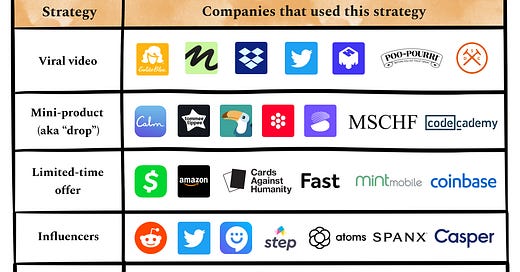




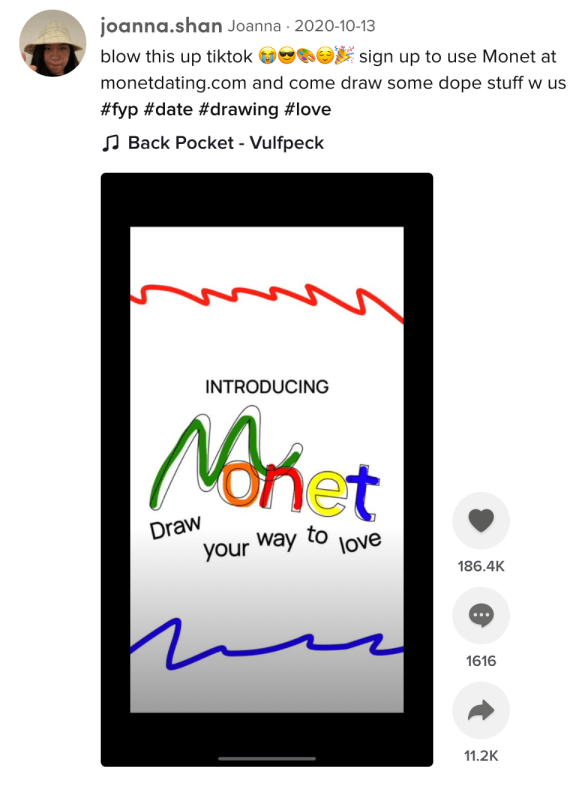
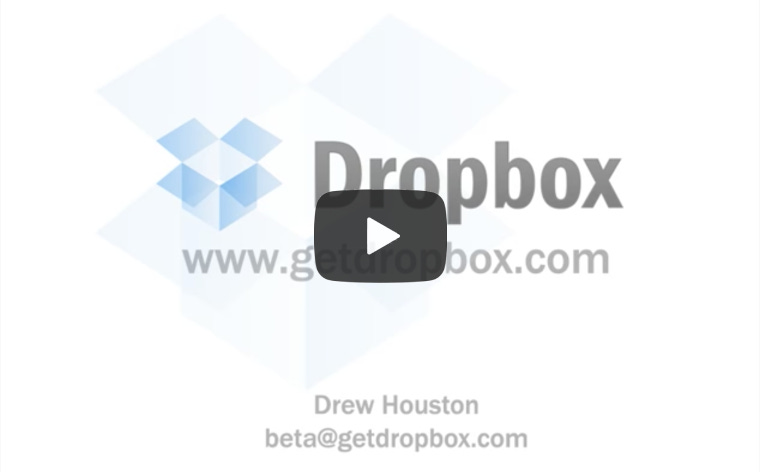

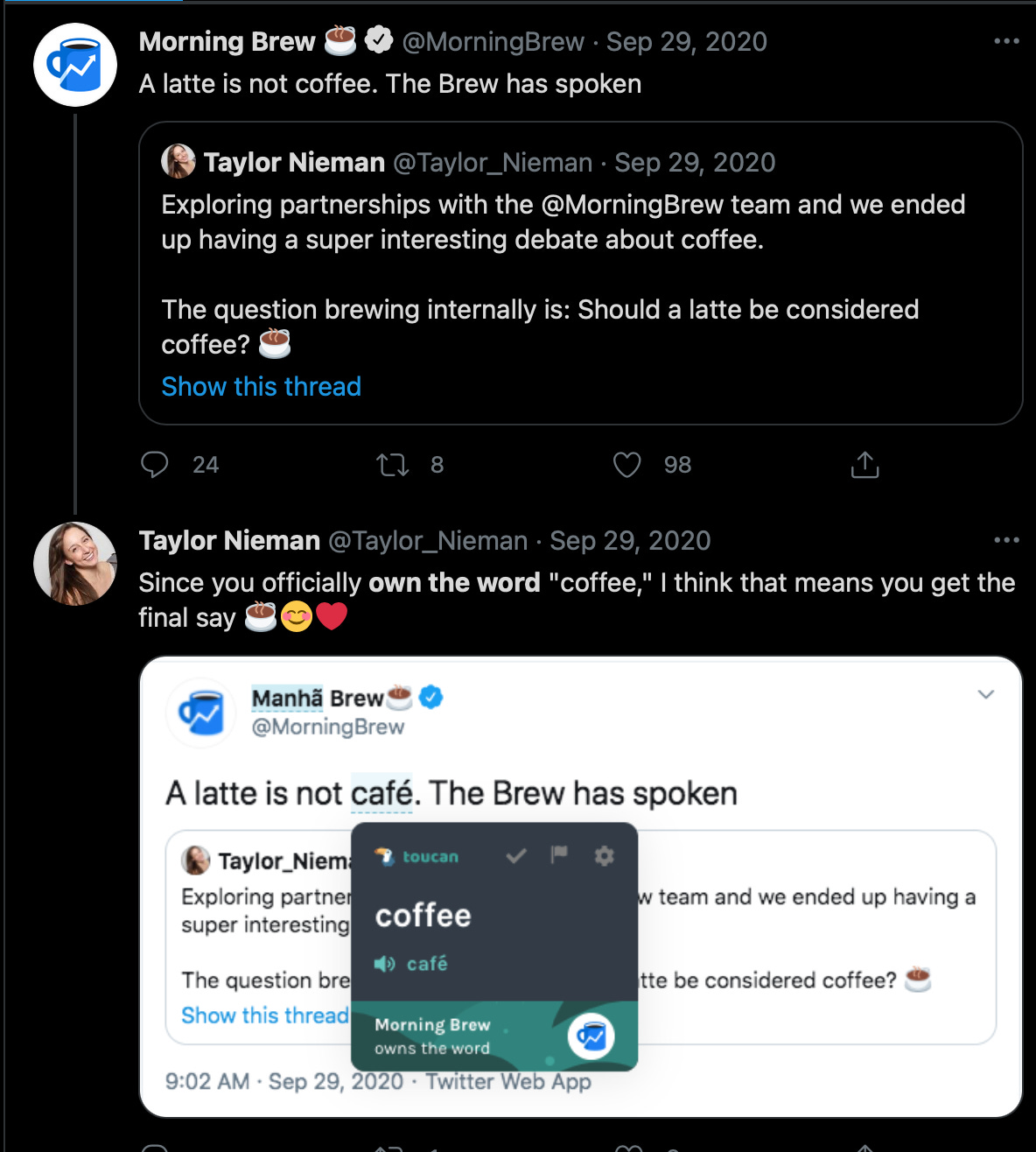
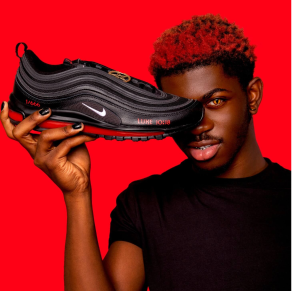
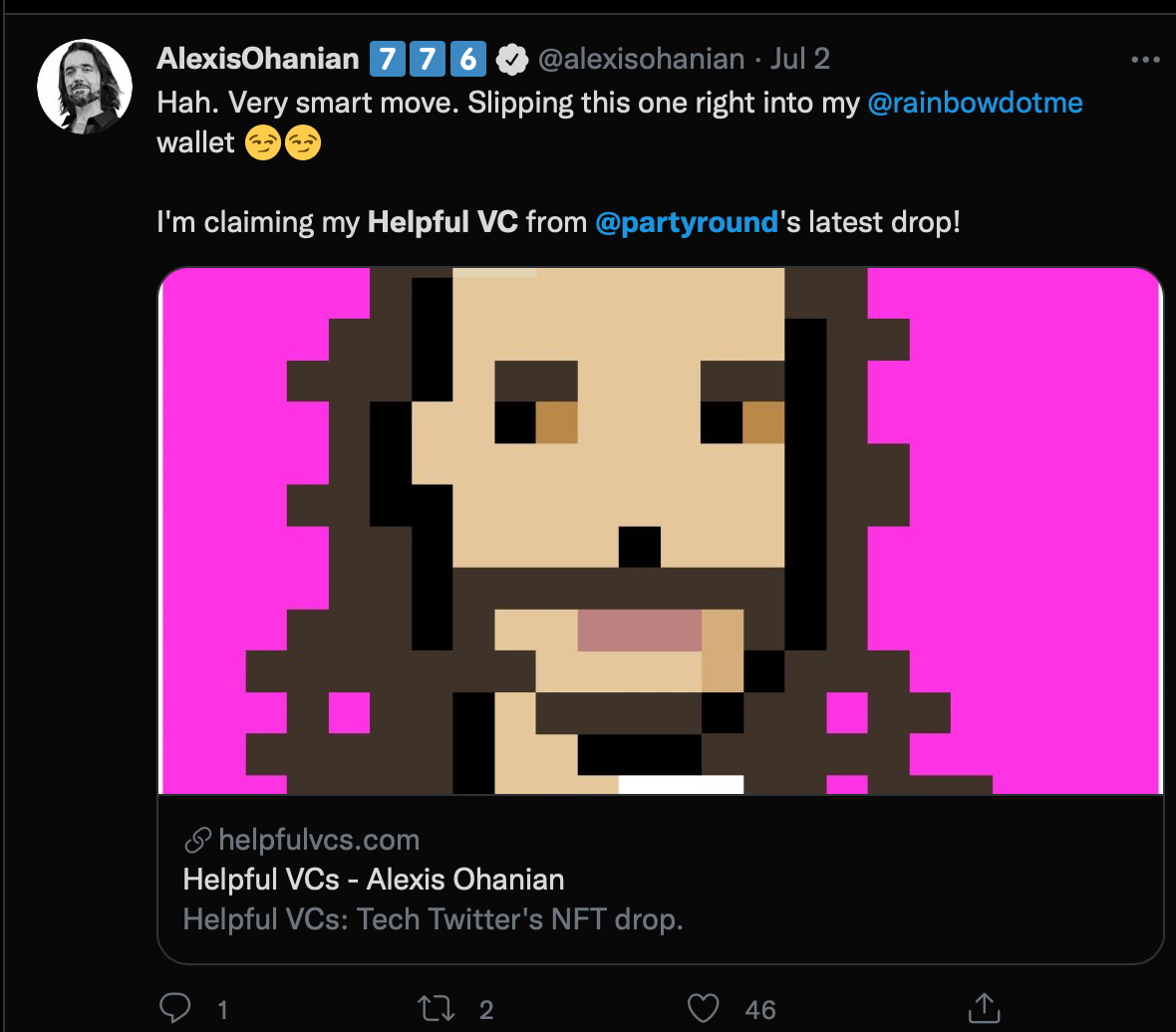
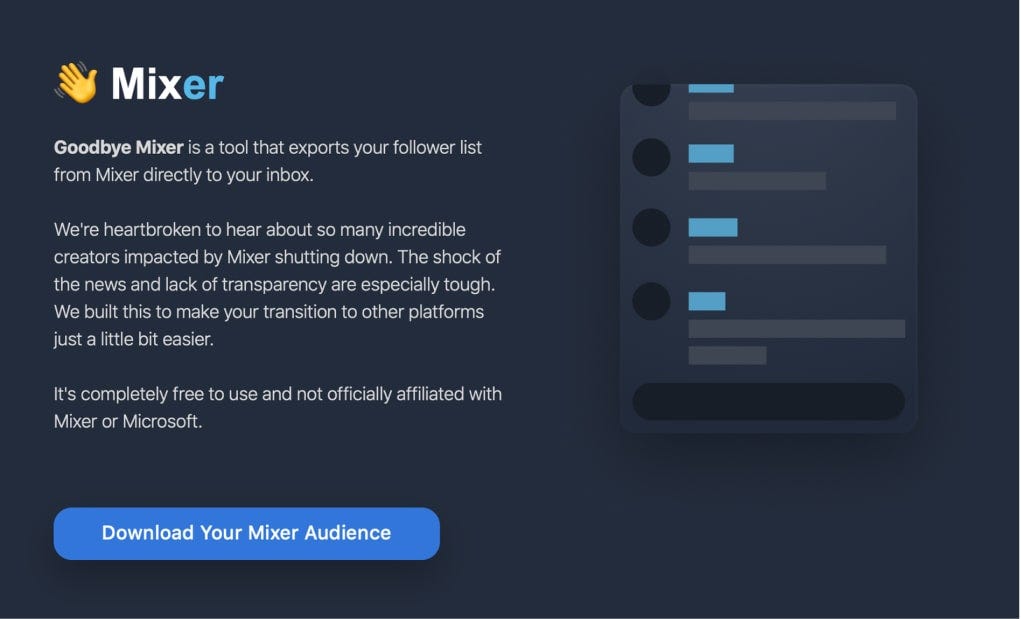
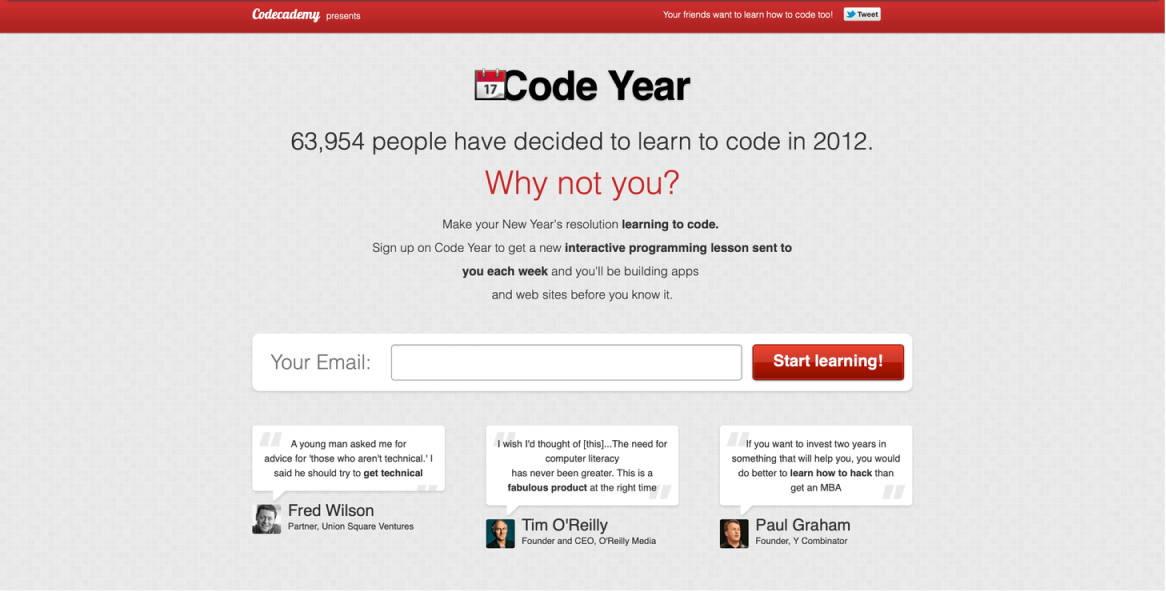
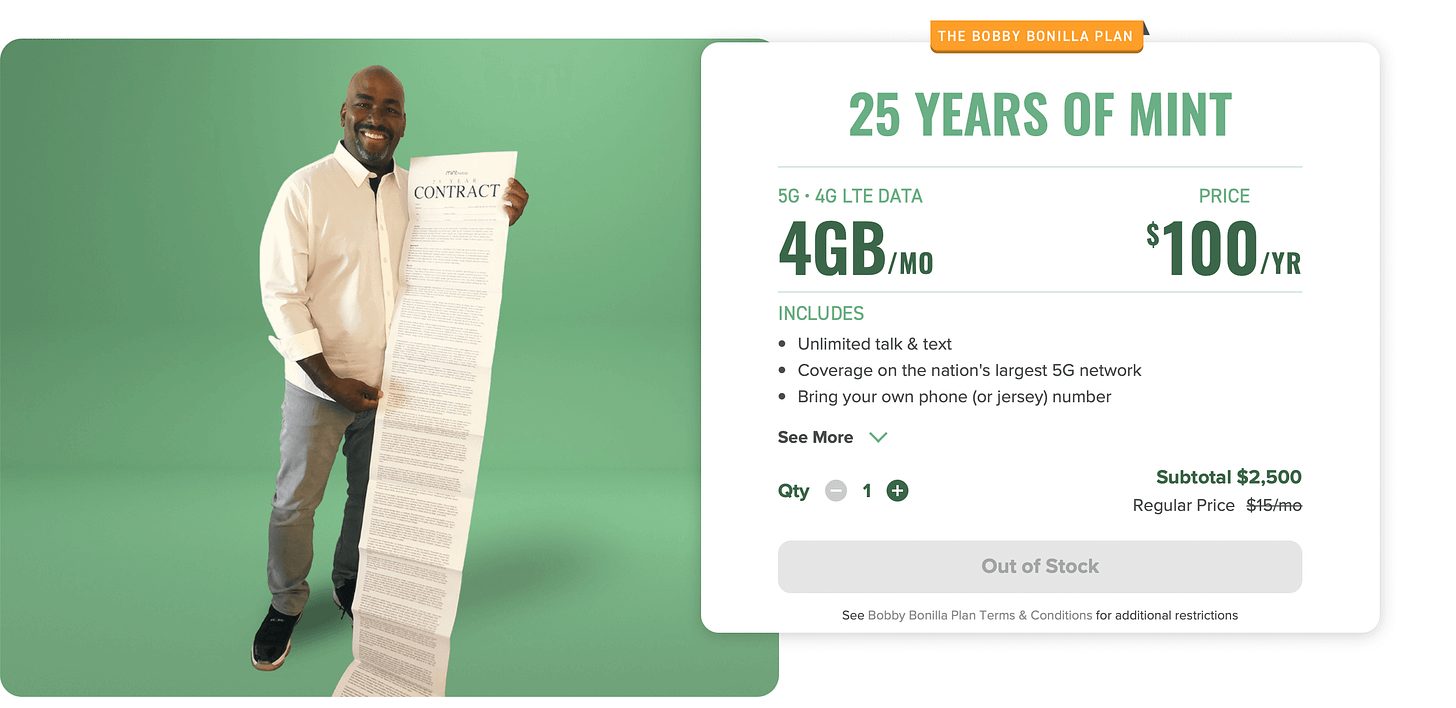
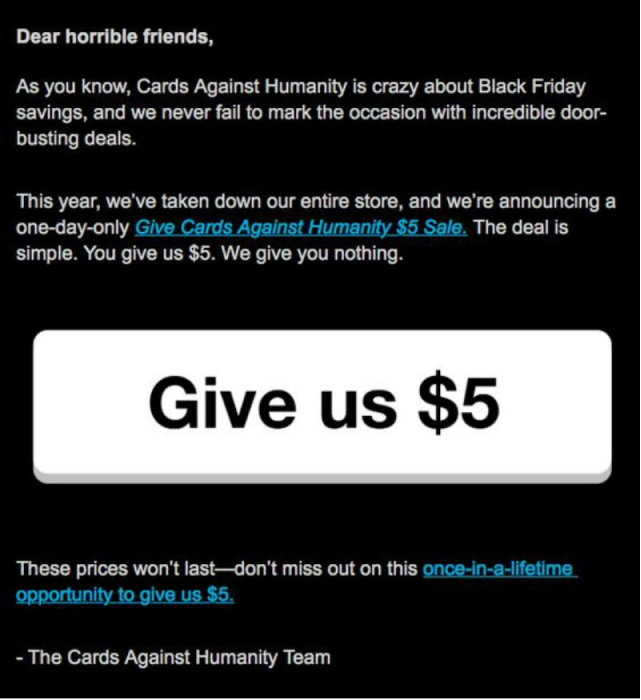
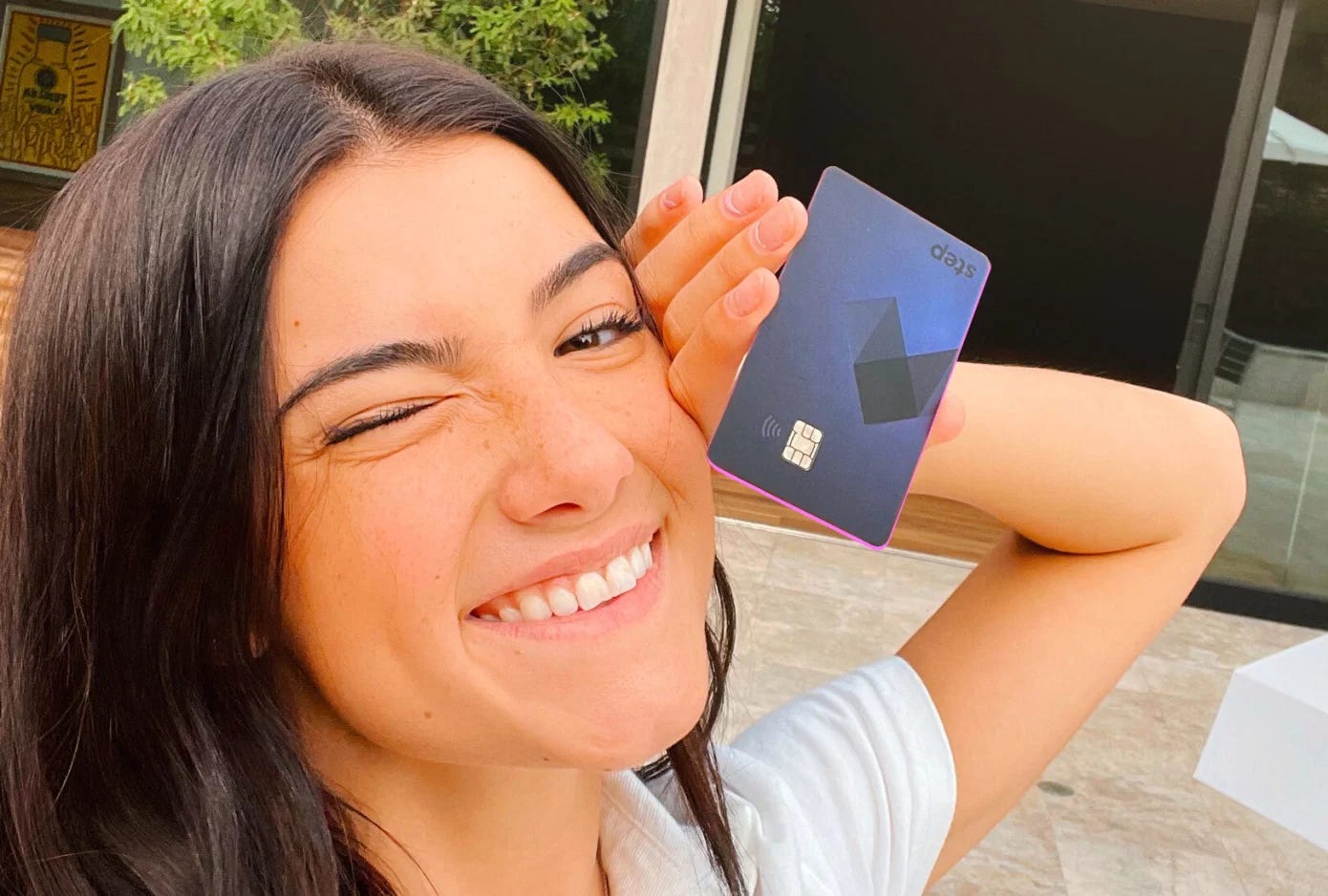
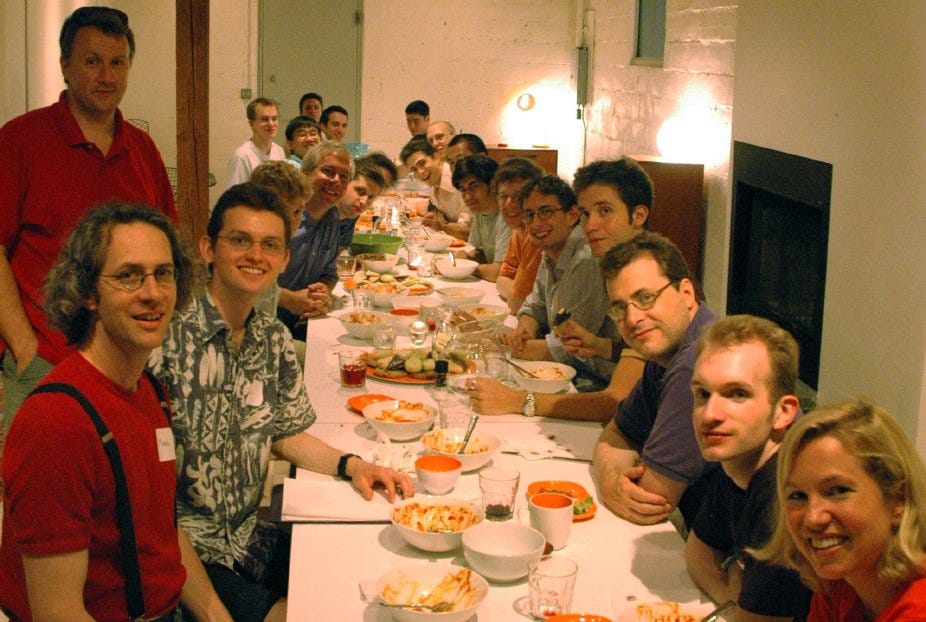

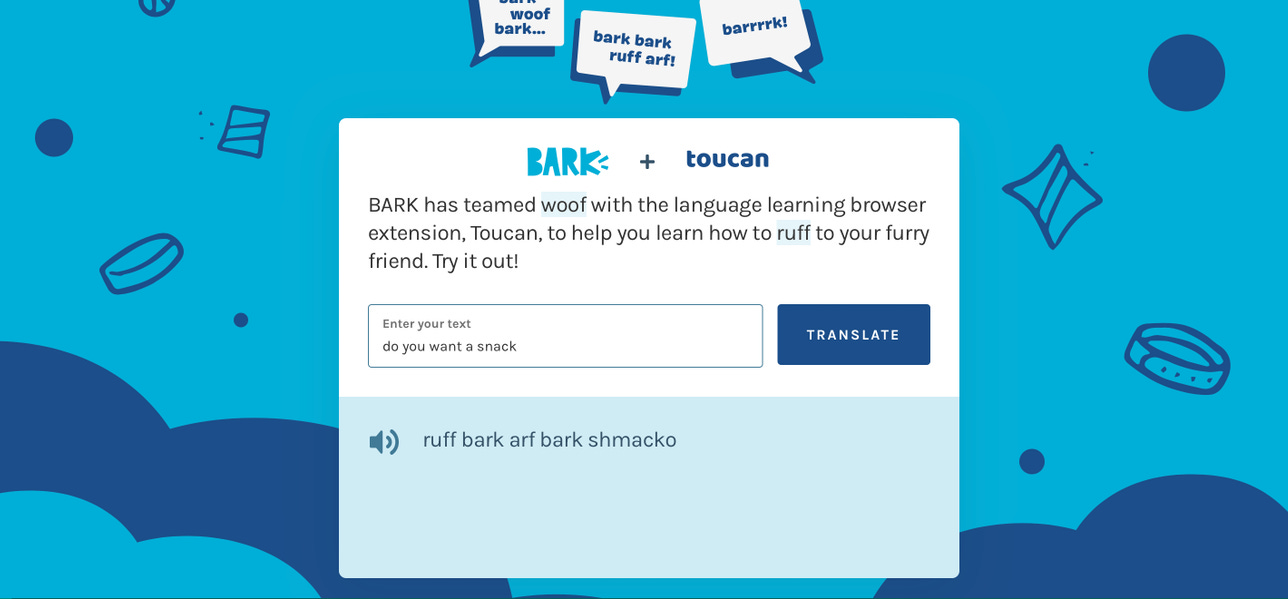


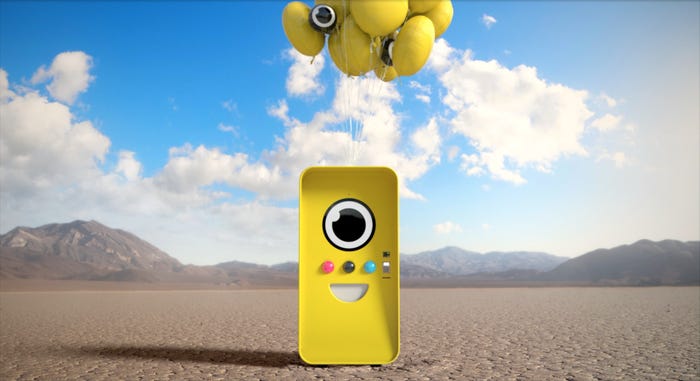


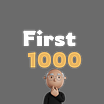
Time to add Clubhouse!
Great post Lenny! I was actually just writing a post when you sent the new subscriber email, and ended up plugging in this post into it https://onepersonbusiness.substack.com/p/one-person-business-11-flappy-bird . Keep up the good work, cheers